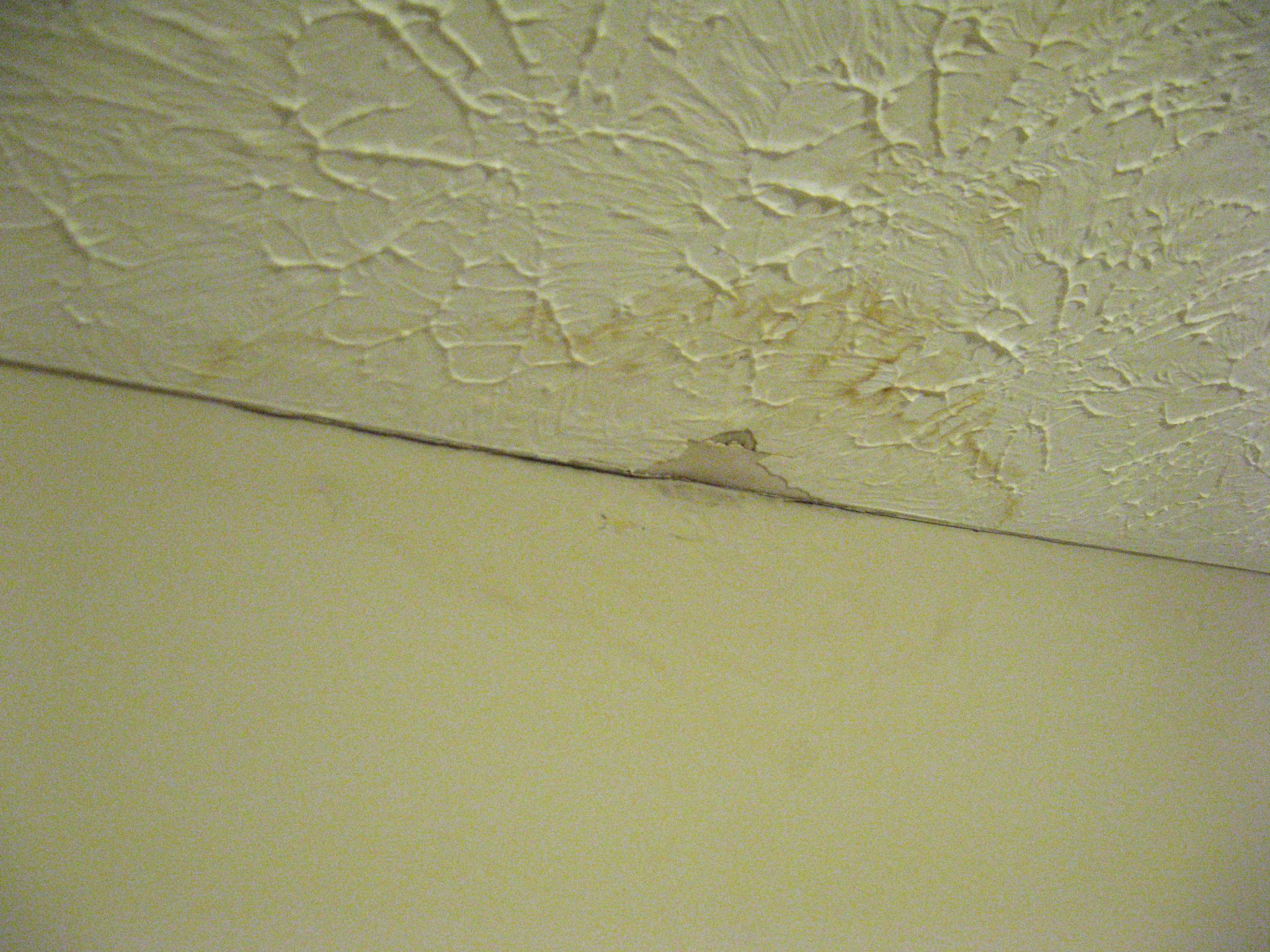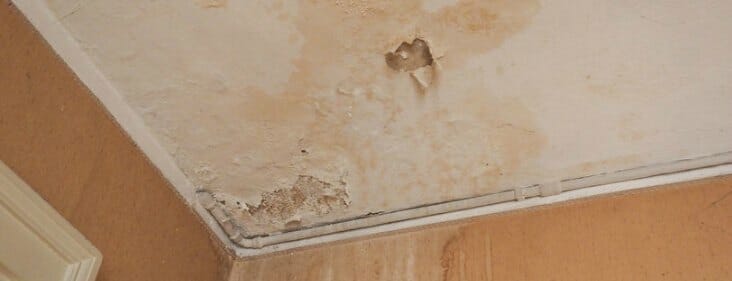Mastering the Six Most Common Water Leaks: Tips for Homeowners
Mastering the Six Most Common Water Leaks: Tips for Homeowners
Blog Article
They are making several great annotation regarding Common Water Leaks In House overall in this content followed below.

Leakages not just trigger waste of water however can also create unneeded damages to your house and promote undesirable organic growth. Unfortunately, water leakages could go undetected because most of the pipework in our home is concealed. By understanding and looking for daily situations that trigger leakages, you can safeguard your home from future leakages as well as unnecessary damages. Today, we will take a look at six leakage triggers that may be creating your pipes to drip.
Intruding roots
The majority of water leaks start outside your house rather than inside it. If you see a sudden decline in water pressure, state in your tap, require time to go out and also examine your lawn. You could discover damp patches or sinkholes in your backyard, and that may mean that tree roots are attacking water lines causing water to seep out. You can have your plumber look for breach, especially if you have trees or shrubs near your residential property.
Rusty water supply
As time passes by, your plumbing system ages and also rust such as corrosion may start eating away the pipes. This may be the cause of discoloration or warping on your pipes. This requires an inspection with your plumber promptly. Think about changing the pipes considering that they are at a greater risk of deterioration than the more recent versions if our plumbing system is old.
Faulty Pipe Joints
Pipeline joints can degrade over time, resulting in water leakages. If you have noisy pipes that make ticking or banging noises, particularly when the hot water is turned on, your pipeline joints are possibly under a great deal of pressure.
Instant temperature modifications.
Severe temperature changes in our pipes can create them to increase and contract all of a sudden. This growth as well as contraction may create splits in the pipes, particularly if the temperature level are below freezing. It would be best if you watched on how your plumbing works. The presence of the formerly mentioned circumstances regularly shows a high risk.
Poor Water Connectors
At times, a leak can be brought on by loose hoses as well as pipes that provide your appliances. Usually, moving is what causes the loosened water Connections. You could find when it comes to a washing equipment, a hose pipe might spring a leak as a result of shaking throughout the spin cycle. In case of a water connections leak, you may observe water running straight from the supply line or puddles around your devices.
Obstructed Drains
Clogged drains could be irritating and also inconveniencing, but they can in some cases wind up causing an overflow resulting in break pipes. Keep eliminating any kind of materials that may decrease your drains pipes that could clog them to avoid such troubles.
All the above are causes of leakages however not all water leakages arise from plumbing leakages; some leakages might come from roofing leakages. All leakages should be repaired right away to prevent water damages.
Leaks not just trigger waste of water however can additionally trigger unneeded damages to your residence and promote unwanted organic growth. By recognizing and also looking for everyday circumstances that trigger leakages, you can shield your home from future leakages as well as unneeded damages. Today, we will certainly look at 6 leakage causes that may be causing your pipes to leak.
At times, a leak can be triggered by loosened tubes and also pipes that provide your appliances. In case of a water connections leakage, you might see water running straight from the supply line or pools around your devices.
How To Check For Water Leak In Your Home
How To Check for Leaks
The average household's leaks can account for nearly 10,000 gallons of water wasted every year and ten percent of homes have leaks that waste 90 gallons or more per day. Common types of leaks found in the home are worn toilet flappers, dripping faucets, and other leaking valves. These types of leaks are often easy to fix, requiring only a few tools and hardware that can pay for themselves in water savings. Fixing easily corrected household water leaks can save homeowners about 10 percent on their water bills.
To check for leaks in your home, you first need to determine whether you're wasting water and then identify the source of the leak. Here are some tips for finding leaks:
Take a look at your water usage during a colder month, such as January or February. If a family of four exceeds 12,000 gallons per month, there are serious leaks.
Check your water meter before and after a two-hour period when no water is being used. If the meter changes at all, you probably have a leak.
Identify toilet leaks by placing a drop of food coloring in the toilet tank. If any color shows up in the bowl after 10 minutes, you have a leak. (Be sure to flush immediately after the experiment to avoid staining the tank.)
Examine faucet gaskets and pipe fittings for any water on the outside of the pipe to check for surface leaks.
Undetected water leaks can happen without the home or business owner even realizing. If you suspect a water leak, but not able to find the source. It is time to contact a professional water leak detection service, The Leak Doctor.
How To Find a Water Leak In Your Home
https://www.leakdoctor.com/blog/How-To-Check-For-Water-Leak-In-Your-Home_AE197.html

We had been made aware of that article about Most Common Causes of Leaky Pipes through a good friend on our other site. Loved our article? Please share it. Help other people find it. I love reading our article about How to Find Water Leaks.
Schedule A Free Estimate Report this page